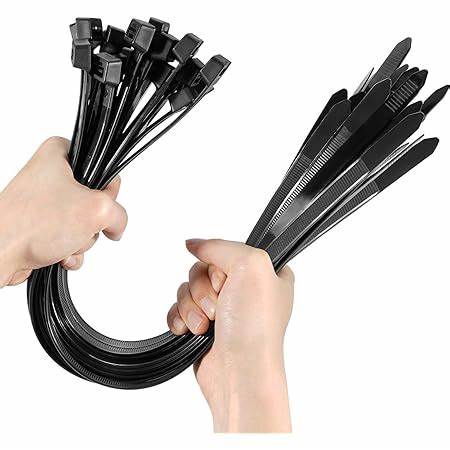
Nylon 6/6: The Powerhouse Material Behind Durable Zip Ties
Share
In the realm of material science, Nylon 6/6 stands as a paragon of durability and functionality, particularly in zip tie manufacturing. This blog post explores the essence of Nylon 6/6, its remarkable properties, and its wide-ranging applications, emphasizing its pivotal role in the zip tie industry.
Deciphering What Nylon 6/6 Is
Nylon 6/6, a type of polyamide, represents a pinnacle in synthetic polymer technology. Known for its superior tensile strength, thermal resilience, and resistance to environmental stressors, Nylon 6/6 emerges from the polycondensation of hexamethylene diamine with adipic acid. The result is a material that uniquely balances strength and flexibility.
Why Nylon 6/6 Reigns Supreme in Zip Tie Manufacturing
The dominance of Nylon 6/6 in zip tie production lies in its harmonious blend of strength, elasticity, and endurance. Capable of bearing substantial weight and stress without yielding, it's perfect for heavy-duty tasks. Its robustness against abrasion, chemicals, and temperature fluctuations further solidifies its status as the ideal material for zip ties, ensuring longevity even in the most demanding conditions.
The Broad Spectrum of Nylon 6/6 Applications
While its significance in zip tie manufacturing is undeniable, Nylon 6/6's utility extends far beyond. It's a key component in automotive parts, electrical insulation, and numerous consumer products. Upcoming posts will delve into these varied applications, showcasing the material’s adaptability and wide-ranging uses.
Conclusion: Embracing the Power of Nylon 6/6
Nylon 6/6 transcends its role as a mere material; it's a symbol of dependability and efficiency in everyday products. Its integral use in zip ties underlines its exceptional attributes and underscores its potential for diverse industrial and consumer applications.
